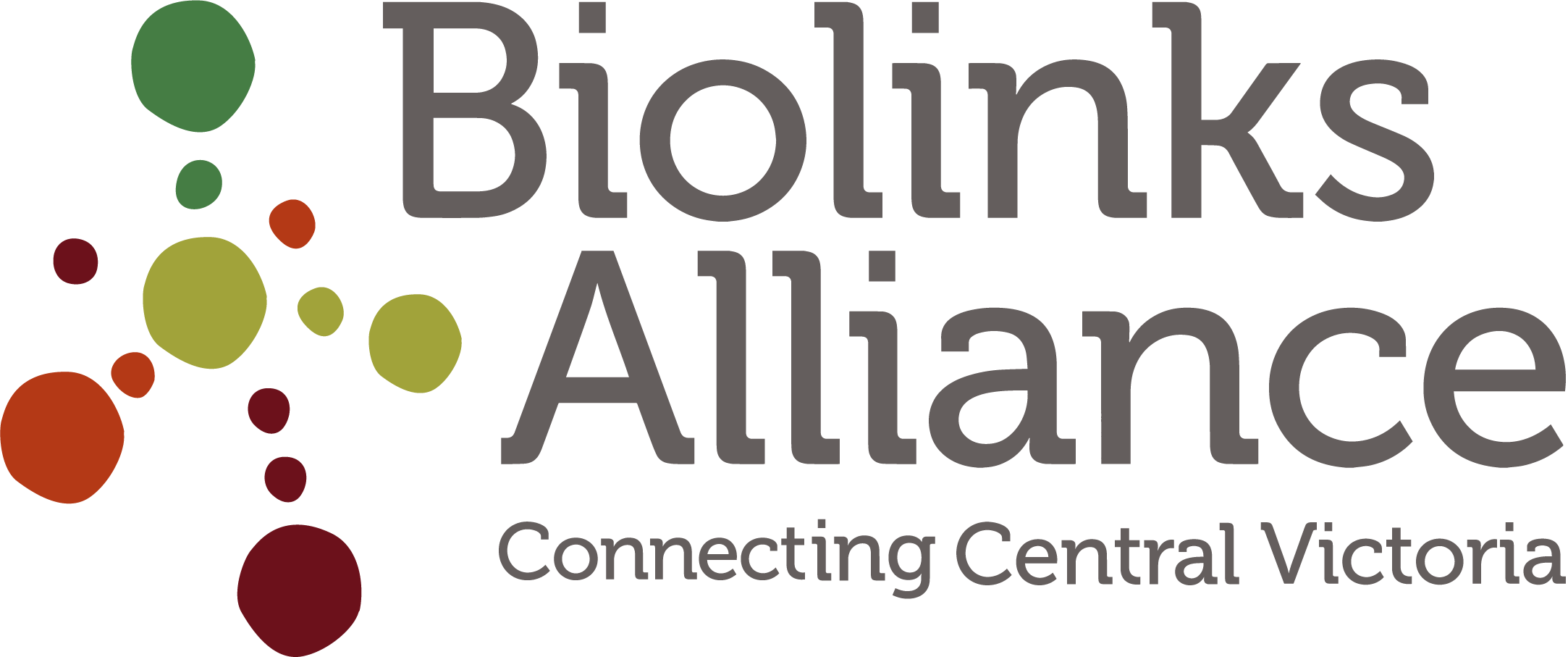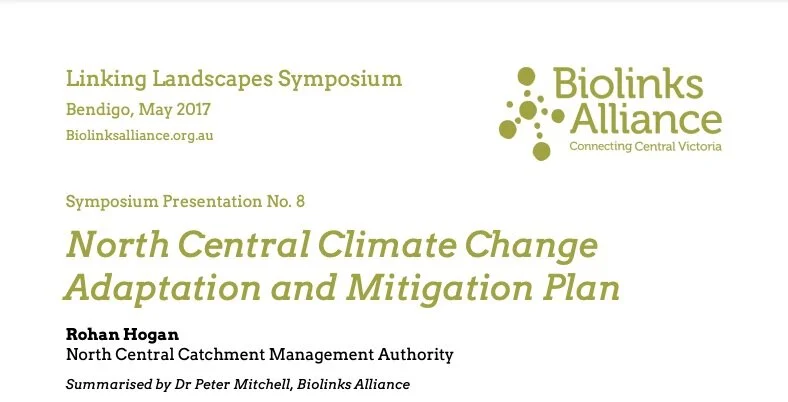This webinar explores the link between on-farm natural capital and woodland birds, and how we can exploit that for a better future for woodland birds and people.
Read MoreIn our second webinar about ‘rewilding’, as part of our 2024 Monthly Webinar Series, hear from Derek Sandow who is the Marna Banggara Project Manager at the Northern and Yorke Landscape Board.
Read MoreHear about ways to protect and restore these elders of our lands. At this webinar, we'll together look at: Why are Large Old Trees so important? What are the dire threats they face? How can we together urgently help them?
Read MoreDiscover at this webinar how the Spring Plains Watershed Repair Pilot Project paves the way for a new approach to building climate resilience and restoring biodiversity in Goldfields landscapes at scale and speed, and how Biolinks Alliance is looking to share and help adapt it for use in other landscapes across the region.
Read MoreDr Chris Pocknee talks about the specialised approach of ecological thinning, one of the innovative interventions used at our Watershed Repair Pilot Project at Spring Plains Nature Conservation Reserve (NCR) on Taungurung country. This technique is used in dense regrowth Box Ironbark forest to accelerate forest maturation and restore biodiversity.
Read MoreGreater Glider populations have a disjunct distribution across their range largely due to habitat loss such as clearing, logging and fires, but also resulting from historic climate change that has left some populations isolated (eg. Wombat Forest, Strathbogie Ranges, South Gippsland). Climate change is impacting remnant habitats’ ability to support glider populations.
Read MoreBiolinks Alliance Greater and Squirrel Glider 2020 Symposium keynote by Dr Kara Youngentob
Read MoreBiolinks Alliance Greater and Squirrel Glider 2020 Symposium keynote by Professor David Lindenmayer
Read MoreBiolinks Alliance Greater and Squirrel Glider 2020 Symposium keynote by Professor David Lindenmayer
Read MoreGreater and Squirrel Glider 2020 Symposium keynote by PhD. candidate Benjamin Wagner
Read MoreNorth Central Climate Change Adaptation and Mitigation Plan Rohan Hogan
An assessment of the vulnerability of central Victoria's natural assets to climate change and ways to help them adapt.
Read More










